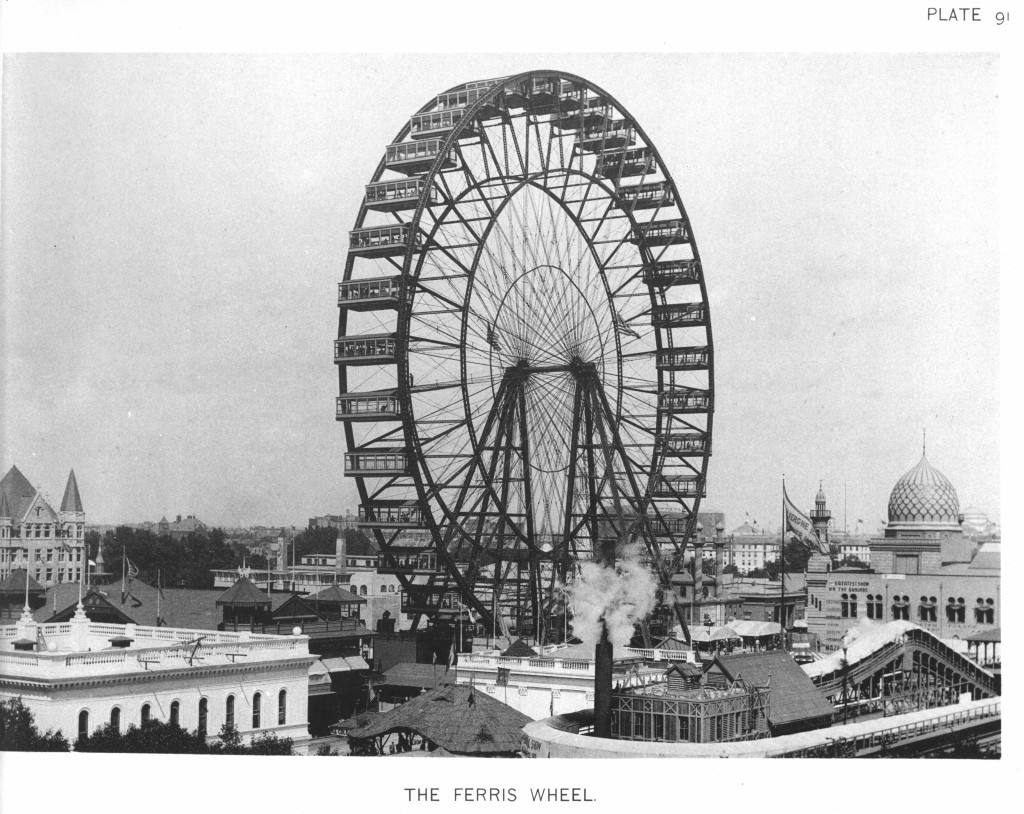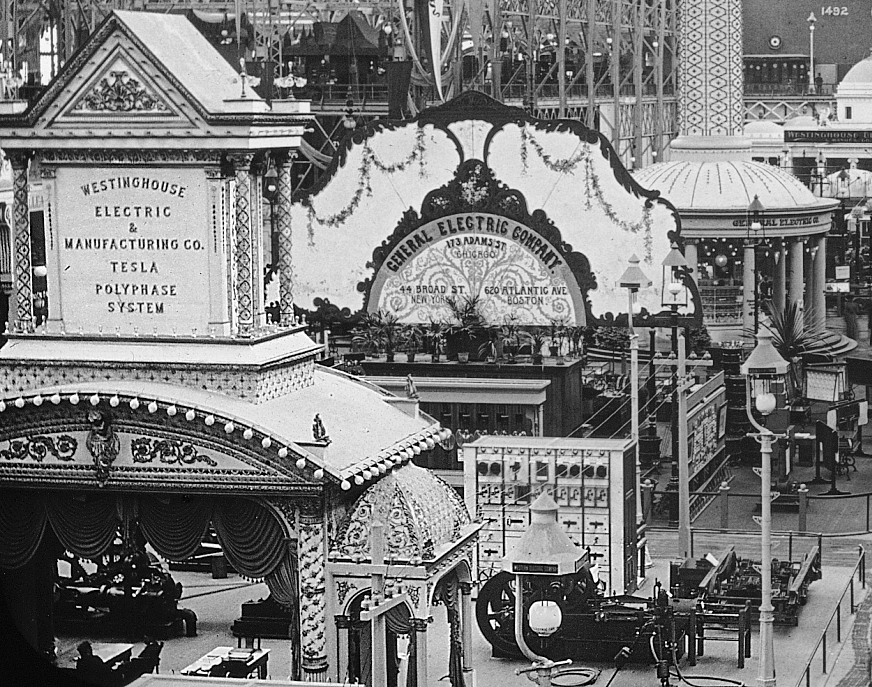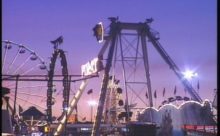Article, The Origins of the American Traveling Carnival by Faye Charpentier
The Origins of the American Traveling Carnival
by Faye Charpentier, SEHS Intern

Carnivals have their roots in medieval agricultural fairs and festivals, yet the traveling carnival as we know and love it today did not emerge until the 1890s. The 1893 World’s Columbian Exposition in Chicago captured the imaginations of people throughout the country and the world and paved the way for American traveling carnivals. The Chicago World’s Fair was neither the first nor the last large-scale fair in the United States, but its timing and unique spectacles still distinguish it from other events of its kind. Marking the 400th anniversary of Christopher Columbus’s arrival in the Americas, the fair aimed to celebrate western civilization’s progress over those centuries.
Due to its timing, the fair focused heavily on recent technological advances, namely the advent of electricity. The Chicago World’s Fair’s Midway Plaisance, a mile-long strip of parkway featuring mechanized rides including the world’s first Ferris Wheel, games of chance, sideshow attractions, and food vendors, set the precedent for the traveling carnivals that followed in the Fair’s wake. The varied spectacles of the Midway Plaisance were heavily covered by media outlets throughout the country, drawing the eyes of Americans, who in turn desired to see these spectacles in person. Following the World’s Fair closure in October 1893, traveling shows and carnival companies began popping up throughout the United States, latching on to the popularity of the Chicago World’s Fair’s Midway Plaisance, and hoping to deliver electrified excitement to communities throughout America by literally bringing the show to them.

Some of the first post-Chicago World’s Fair traveling carnivals and shows grew directly out of the Chicago area. For instance, Otto Schmidt, who worked as a showman at the Fair, founded the Chicago Midway Amusement Company following the Columbian Exposition. His traveling show, which toured the Northeastern United States, was comprised of thirteen different acts, including some that performed at the World’s Fair. From 1902 to 1936, the number of traveling carnivals in the United States increased from 17 to over 300.
At the same time, towns and cities increasingly established permanent fairgrounds to host their own as well as traveling events and attractions. Streetcar companies monopolized on the popularity of electrical rides and attractions by funding the construction of America’s early amusement parks, promoting the use of public transportation to reach leisure activities. Based on similar foundations as the traveling carnival, amusement parks offered thrilling rides, bizarre attractions, enthralling shows, and addicting games to an emerging middle class with newfound time for leisure activities. Amusement parks, however, were able to take their electric rides and flashy lights to a higher level than traveling carnivals, as they had permanent locations.
